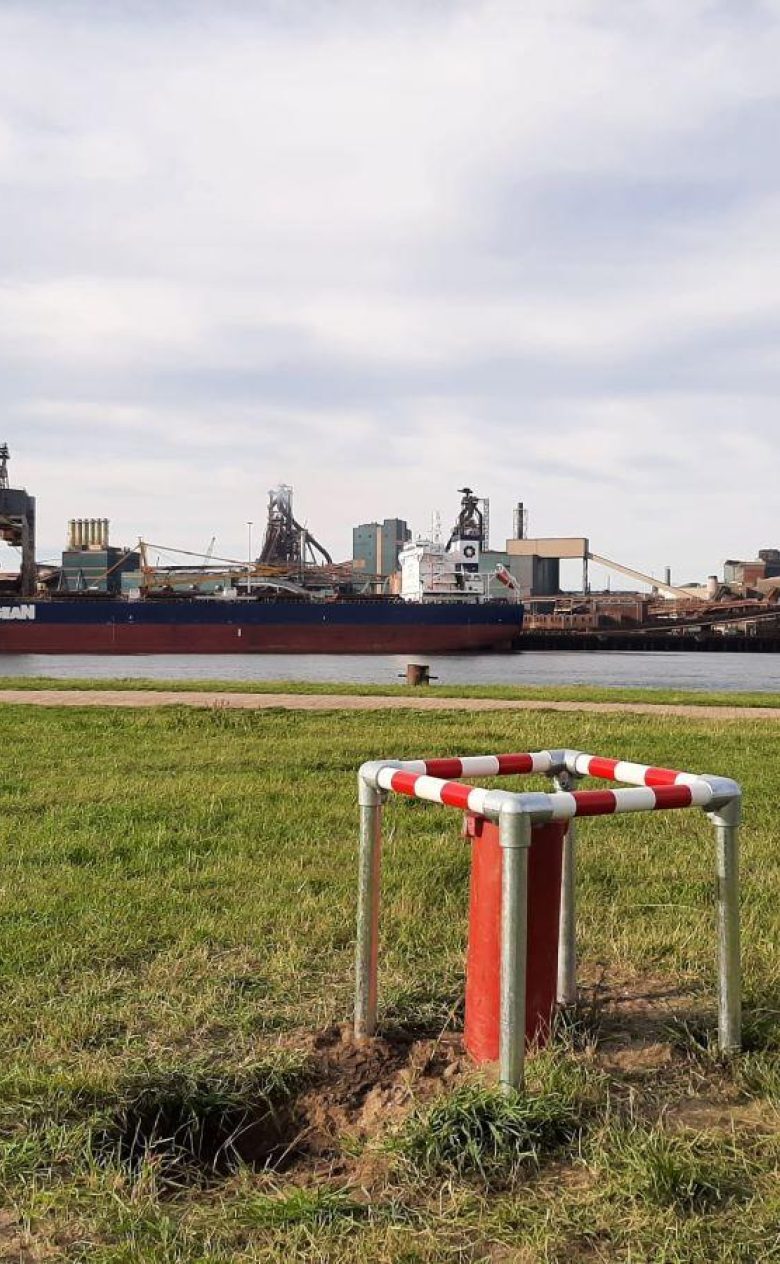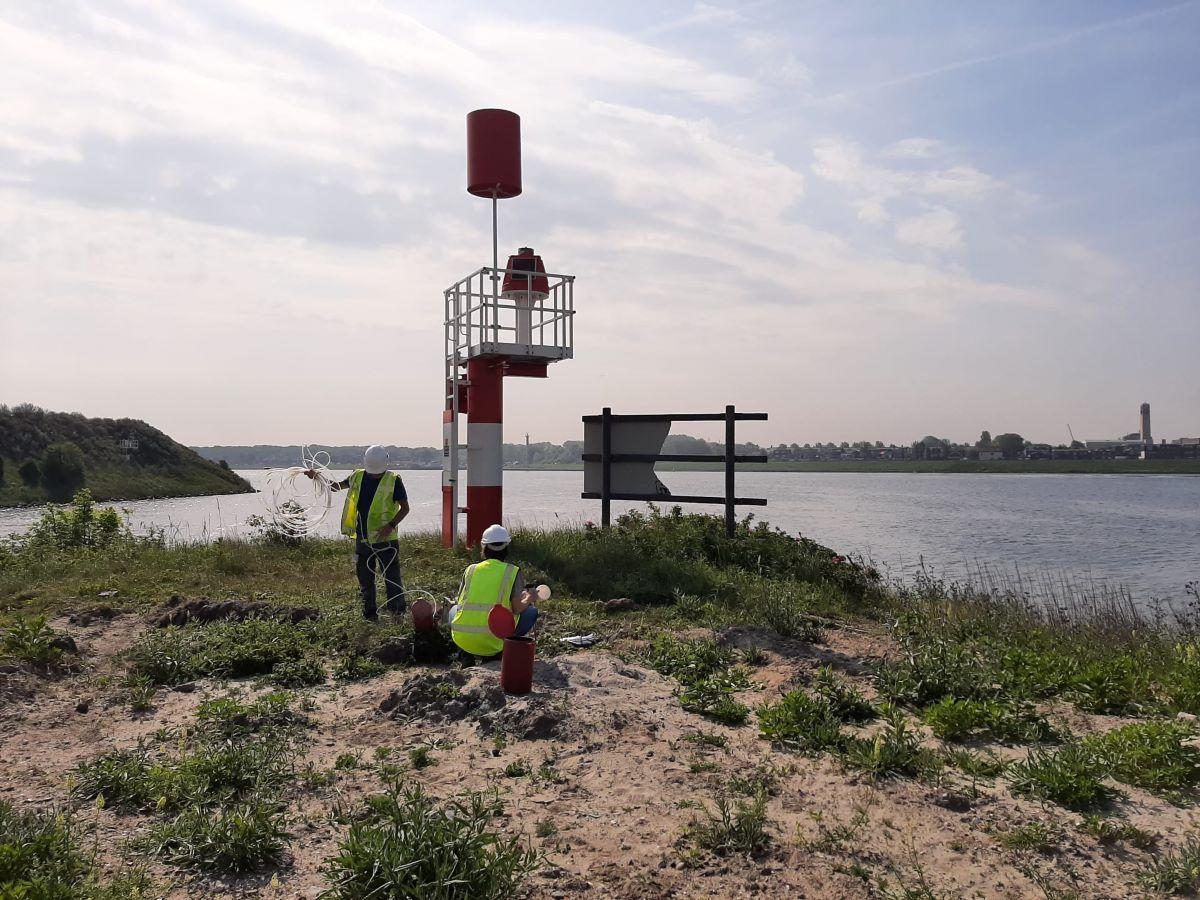Salinisation risk groundwater around Sea Lock IJmuiden measured
On behalf of Rijkswaterstaat, Deltares is measuring groundwater quality around the IJmuiden lock complex. For the construction of the Sea Lock and the salt barrier, which carries salt water back to sea, the bottom of the North Sea Canal was deepened. This allows salt seawater to come into contact with fresh or brackish groundwater. Whether this happens and leads to salinisation of the deeper groundwater is monitored by Deltares through a groundwater monitoring network.

During the construction of the IJmuiden sea lock and the salt barrier, which should counteract salinisation of the North Sea Canal, a clay layer was excavated. This connected two groundwater layers. Although salination will probably remain limited to within the canal banks, Rijkswaterstaat wants to use monitoring to detect and track any salination at an early stage.
Intervene in time
Rijkswaterstaat asked Deltares to design a groundwater monitoring network to monitor groundwater quality around the lock complex. A groundwater monitoring network provides insight into the functioning of the groundwater system and possible changes in groundwater quality and levels. This makes it possible to intervene in time to limit damage.

The groundwater monitoring network consists of monitoring wells placed at fifteen locations around the lock complex, in shallow and deep aquifers underground. In the monitoring wells, the groundwater level is measured automatically, showing the flow of groundwater. In addition, Deltares conducts comprehensive monitoring every six months to determine groundwater quality.
Selective withdrawal
Due to the construction of the new IJmuiden sea lock, much more seawater is flowing into the North Sea Canal. To combat salinisation upstream, the Selective Withdrawal measure was commissioned by Rijkswaterstaat. For this, the bottom of the Binnenspuikanaal has been considerably deepened, so that the heavier salt water collects there and can be returned to the sea separately.
Deltares started monitoring in early 2022, so far no major changes have been observed by the researchers. Due to the slow flow of groundwater, it may take some time before major changes can be seen.

